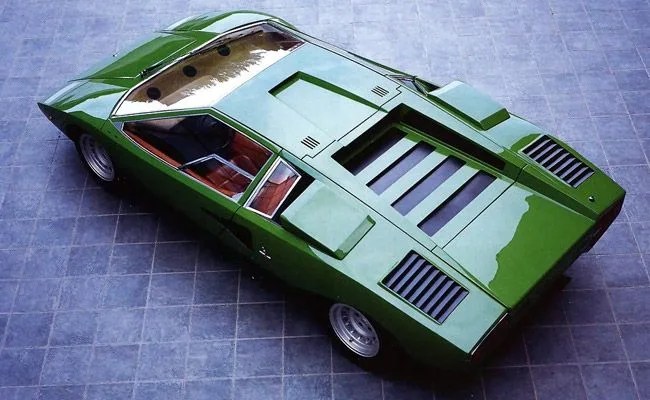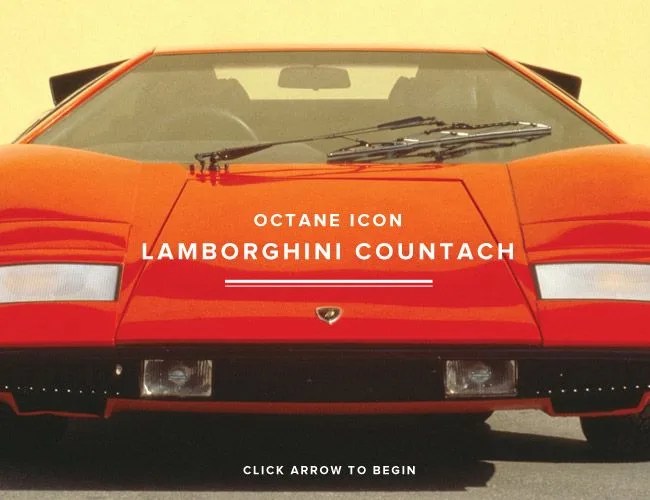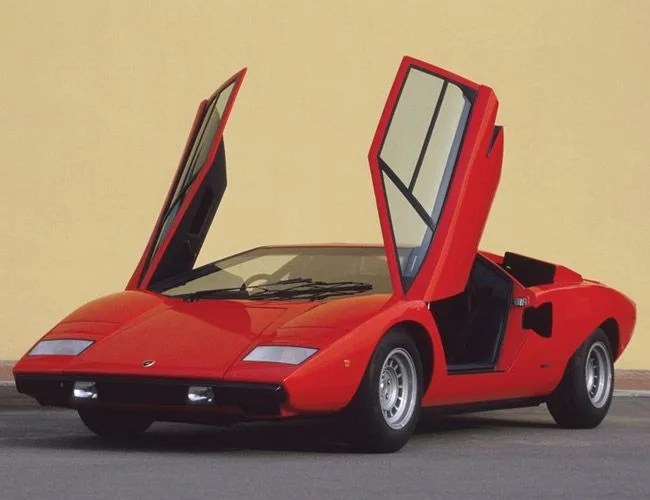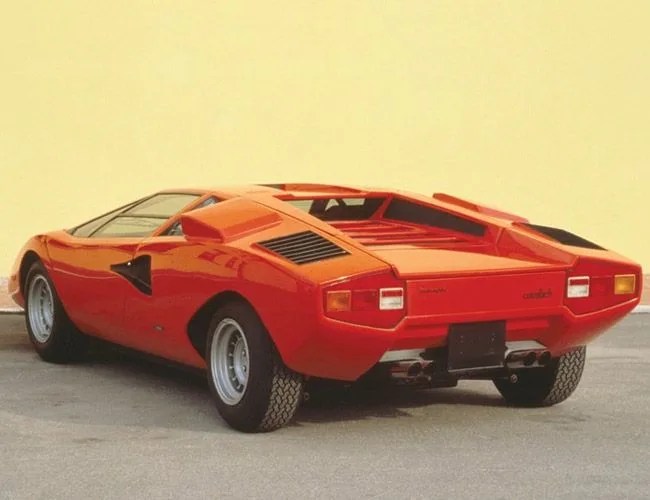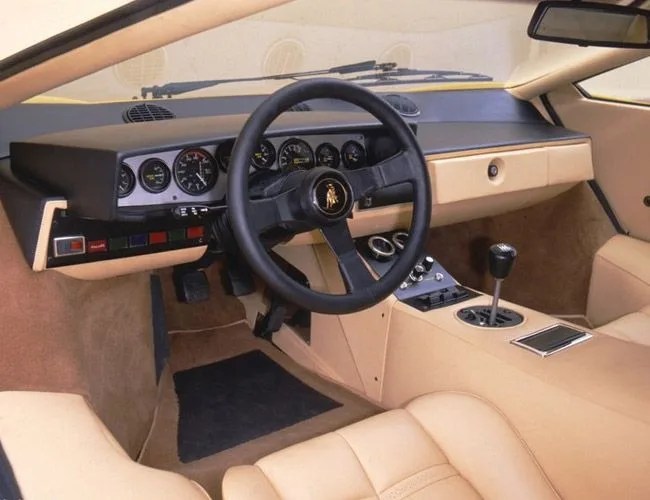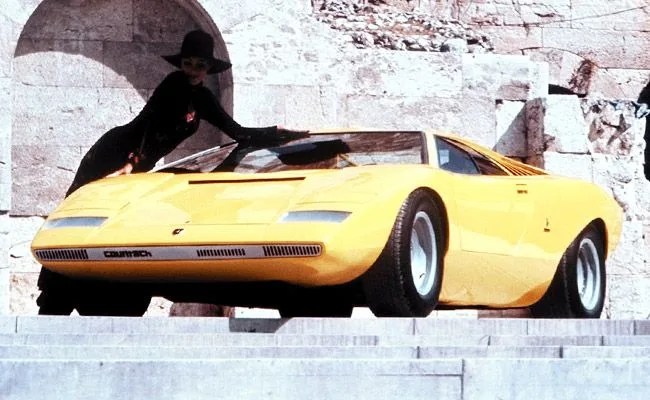Lamborghini never does things quietly — and that’s a very good thing, especially when the goal is to draw the rapt attention of the automotive world. But one model in particular marked the inception of Lambo’s radical styling flavor that would span decades, even into the present: the Countach. Angled to the nines, as angry as a giant bull whacked in the butt with a hot poker and as practical as a Kevlar dinner jacket, the Countach embodied the exotic supercar like no other automobile before it. Seeing one drive past is akin to witnessing a dozen Bengal tigers pulling a supermodel on a chariot. Unlike other Lamborghinis, it was not named after a fighting bull. It essentially translates to “wow, look at that!” And how apropos the name is.
MORE AUTO ICONS: Porsche 917 | Automotive Horology | The 50 Most Iconic Cars Ever
What It’s All About
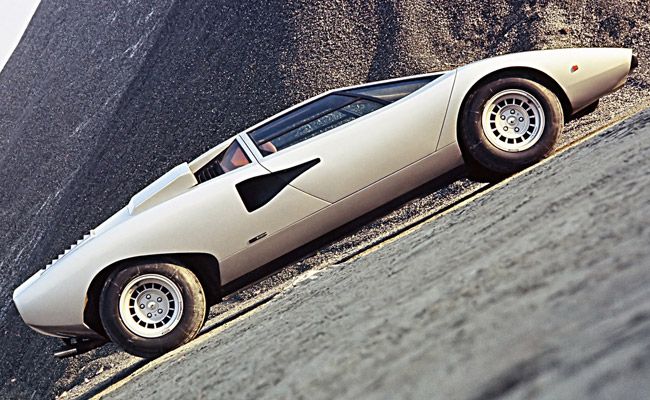
Created as the rightful heir to the Lamborghini throne, the Countach’s design was a radical departure from the swoopy and stunning Miura. Ferruccio Lamborghini had achieved design success with the Miura, but now he wanted something truly eye-popping (hence the exclamation-based name). The design was wrought by the house of Bertone and penned by a young designer by the name of Marcello Gandini. Oddly enough, he had also designed the Miura. Gone were the long curves of the Countach’s predecessor, replaced by the kind of body seemingly designed by someone armed with only a ruler.
What stands out most about the Countach is its sheer disregard for ergonomics, sacrificed (albeit not intentionally) for the purpose of creating a supercar like no other. Throughout its sixteen-year run, the Countach evolved from simply angular to a massively vented beast with scoops, haunches and a wing that wouldn’t be out of place on a military skunkworks project. Its signature scissor doors were an industry first and lent to the kind of impracticality that made the Countach both radically unique and somewhat painful to operate. The car’s width simply did not allow for conventional doors, but the scissor doors couldn’t be deployed without sufficient clearance. And due to the mail slot of a rear window, drivers had to sit on the door sill with the doors open in order to park the car in reverse. But with the money to buy it came a certain air of eccentricity, as well as a pronounced desire for attention from the general public.

